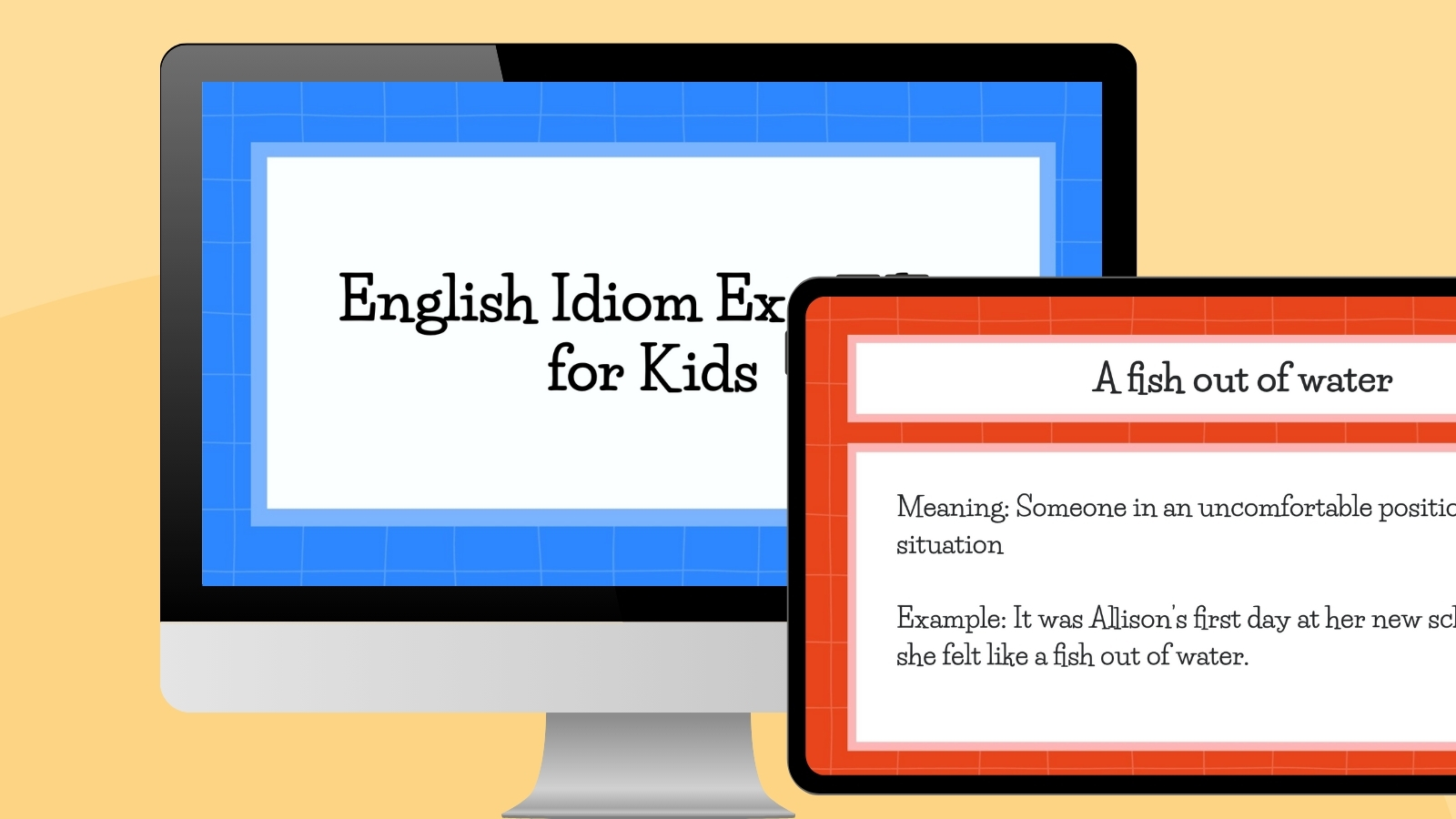Without water, life wouldn’t be able to exist. It forms the basis of the fluids present in our body, such as our saliva and blood. It also helps regulate body temperature through perspiration, which is important for survival.1 According to the Water Science School, your body moves water throughout your body by dissolving and transporting essential nutrients, minerals and other substances that keep your body running.2
The most obvious way of keeping yourself hydrated is drinking water throughout the day. But how do you properly go about it? You’ve likely encountered the adage that drinking eight glasses of water a day is enough to keep you hydrated. As it turns out, this advice is inaccurate and must be updated.
Messaging Regarding Hydration Needs To Be Updated
In a study published in Nutrients,3 researchers sought to evaluate the food-based dietary guidelines (FBDGs) from different countries with the end goal of promoting water consumption over sugary beverages. But that’s not all — they also included countries that legislated a tax for sugary beverages. The researchers explain further:4
“While there has been substantial progress adopting and implementing sugary beverage taxes globally, policymakers must implement complementary policies to enable access to free and safe drinking water for healthy hydration.
No study has documented the healthy hydration recommendations for countries or jurisdictions that have enacted national or sub-national sugary beverage tax or levy legislation aligned with other policies.”
For their study, they selected countries belonging to the six regions of the globe designated by the World Health Organization — Africa, Americas, Europe, Eastern Mediterranean, Southeast Asia and Western Pacific.5 Next, they narrowed down the list to countries that promoted messaging that taxed sugary beverages while simultaneously encouraging water consumption from 2000 to 2023.
If a country repealed a tax on sugary beverages or had an unspecific tax that applied the same amount on water and soda, it was excluded from the study. Once this framework was completed, the researchers used the following questions to guide their analysis:6
- How many and which countries across the WHO’s six regions enacted and/or updated their sugary beverage tax or levy legislation between 2000 and 2023?
- What are the most current published versions of the national technical and graphic FBDG documents for countries with sugary beverage tax legislation?
- Which countries have issued healthy hydration recommendations to promote water and reduce, replace, or avoid sugary beverage intake and how do the text and graphic messages of the healthy beverage recommendations for countries compare and contrast in the national FBDGs?
- What is the healthy hydration recommendation (HHR) score for countries with FBDG documents and sugary beverage tax legislation and how do the scores compare across the WHO’s six regions?
Using the four research questions as a guide, the researchers used various analytical tools to perform the analysis. They narrowed down their results to 93 countries that taxed sugary beverages to discourage the populace from drinking them. They also reviewed the messaging of each country, as it’s an important component in the promotion of drinking water as a standard hydration choice.
Ranking the Countries with the Best Dietary Guidelines
Out of the 93 countries selected, 53 implemented FBDGs. After a deeper analysis, the researchers noted 48 countries that had messaging encouraging drinking water and discouraging sugary beverages.7 Using a ranking system, Bolivia, Brunei and Peru had the highest HHR among the test population. According to the study authors:8
“While water and/or sugary beverages were addressed across the majority of the reviewed FBDGs, only three healthy beverage recommendations (i.e., Bolivia, Brunei, and Peru) included fully comprehensive guidelines holistically emphasizing what, where, why, how, quantity/frequency and visual representation for both the encouragement of water and discouragement of sugary beverages.
These results align with evidence concluding FBDGs must provide specific information (i.e., what, where, why, how, quantity/frequency and visual representation) to promote aspects of healthy and sustainable diets, including promoting water as the healthy default beverage.”
You may be wondering, what’s the importance of analyzing the messaging of health agencies? That’s because they have the power to influence public health, for better or worse. As noted in a 2021 study,9 “collaboration between health care, social services and other sectors is widely promoted as a route to improving population health.”
Within this context, researchers from the Nutrients study say that updating government policies to achieve coherence will improve sustainability, food security and water security.10 Sadly, out of the 93 countries evaluated, only nine have specific policies that tax sugary beverages that directly fund public health programs. In conclusion, they’re encouraging other countries to do the same. According to Vivica Karrk, one of the study’s co-authors:11
“When governments develop policies, they should ensure that national dietary guidelines align with and support a national sugary beverage tax.
Our study has important implications for United Nations organizations including the Food and Agriculture Organization and World Health Organizations to provide countries support to develop culturally adapted, evidence-informed dietary guidelines that encourage healthy hydration, and normalize clean, safe, and free water as the beverage of choice.”
Do You Only Drink Eight Glasses of Water a Day?
From the Nutrients study, the United States just got an average score when it comes to hydration policies in relation to levied taxes on sugary beverages.12 One possible reason for this is the longstanding encouragement of drinking eight glasses of water a day.
This maxim is often repeated as a baseline for good hydration, but that’s not really the right approach. Each person has unique circumstances and forcing a one-size-fits-all recommendation won’t benefit anyone. But where did this basis come from?
According to Dr. Christopher Labos from McGill University, the medical myth of drinking eight glasses a day came from the 1945 U.S. Food and Nutrition Board, which recommends 2.5 liters of water daily. What makes this recommendation egregious is it has no scientific basis.13
While so-called health experts still perpetuate this claim, there are others who are fighting back against it. Back in 2015, pediatrician Dr. Aaron E. Carroll published an article in The New York Times titled, “No, You Do Not Have to Drink 8 Glasses of Water a Day”14 to debunk this myth.
If you don’t have to drink eight glasses of water a day, what’s the best marker of hydration? The answer is to listen to your body. Use your thirst as a guide to how much water you need to drink to ensure you have adequate hydration. Another tip is to inspect the color of your urine — a pale straw or light-yellow color indicates proper hydration, whereas dark yellow or amber-colored urine suggests dehydration.
Hydration Is More Than Just Drinking Water
While proper hydration is needed for optimal health, it’s not the only factor at play. You also must pay attention to your electrolyte balance for cellular hydration. These are minerals, such as sodium, magnesium, potassium and calcium, which have an electric charge and play a role in important functions such as blood pressure, cellular waste removal and muscle function.15
As you drink water to replace the fluids, there’s a chance that the electrolyte balance shifts, which happens when you drink too much water. In Jay Feldman’s podcast, registered nurse and independent researcher Mike Fave explains how electrolytes work together with water to provide cellular hydration:16
“The interaction of water with the electrolytes and proteins [in the cell membrane] gives the water structure, [it] creates a gel state [editor’s note: structured water or EZ water, which stores energy and strengthen mitochondria2],” Fave explains.
“So … you need not only water, you need electrolytes and proteins as well. And then … you need energy to maintain the proper concentration gradients or maintain the proper ratios of electrolytes inside and outside the cell.
In the plasma membrane theory, you need a proper amount of ATP (adenosine triphosphate), which is produced by oxidative phosphorylation, mostly, in order to run the membrane-based pumps that control the gradients inside and outside the cell.
In the gel state theory, or the gel water theory, you need proper energy production of the cell to maintain a specific charge of the protein structure and the water in general, so that they interact appropriately and maintain the proper shape.
In both theories, when you have a breakdown of energy production, you get swelling of the cell, and that’s because the cell has been unable to maintain the proper gradients between electrolytes from the inside to the outside, or in the gel state theory, just the proper electrolyte interaction with the water and structure.
So now we have a much bigger picture, where to maintain proper tissue and cellular hydration you need electrolytes. You need your water first of all but you also need electrolytes, and you need the proper proteins and amino acids, and the proper cellular energy metabolism … Just dumping water into the system doesn’t solve the problem if you have dehydration.
You have a whole bunch of other requirements, and when you start taking in an excess amount of water relative to what your body actually needs, the process of eliminating that water is a bit wasteful to some of those other requirements.”
Drinking Too Much Water Will Disrupt Electrolyte Balance
There’s a reason why it’s important to follow your thirst or inspect your urine’s color to gauge your hydration — drinking too much water dilutes the salt in your body, which mimics having insufficient sodium. It causes the same stress response that results in the loss of potassium and magnesium, the same cellular swelling, inhibition of cellular energy production and, ultimately, dehydration.
This leads me to my next point — don’t fall into the trap believing that a higher salt intake increases your blood pressure. In fact, salt goes together with hydration. When you drink water with enough salt in it, it helps your body maintain an appropriate blood volume, which helps improve circulation.
When your salt intake is lower than normal, your body adapts to this stress by inhibiting your kidneys from excreting sodium through your urine. By retaining sodium, your blood volume increases. However, the downside is your blood vessels narrow, which increases blood pressure.
How to Sync Your Water and Salt Intake
In Feldman’s podcast, he points out that while conventional recommendations say to limit salt intake to 1,500 or 2,000 milligrams or less, research has shown that this range is associated with an increased risk of cardiovascular disease and all-cause mortality compared to higher ranges of 4,000 to 6,000 mg:17
“The point being that if we were to eat a lot more salt than we’re told to eat, we’d actually be much better off,” Feldman says.
“And as far as thirst goes, this brings us to the best food and drink options for hydration. We don’t want to just drink plain water. A lot of the other places that we could get liquid from have a lot more of the things that we would need to actually stay hydrated.”
So, what are the best options to hydrate you while maintaining electrolyte balance? Fave provides several natural options, such as mineral water, tea (loose leaves) with raw honey, fresh-squeezed fruit juice, coconut water, grass fed milk, fruit and vegetable smoothies, cooked vegetables and ripe fruit. When you’re just drinking plain water, make sure it’s filtered properly to remove common contaminants like fluoride, chlorine and disinfection byproducts.
In cases where you’re sweating profusely due to exercise or other circumstances, keep in mind that you’ll also have to replenish electrolytes while drinking large amounts of water. If you don’t have any of the beverages mentioned above with you, consider bringing a small pinch of Himalayan salt that you dissolve into your water.
Other options such as Mediterranean sea salt and Celtic sea salt are also viable. Avoid highly processed table salt, as it contains anticaking agents and undesirable contaminants, such as microplastics. If you don’t like the taste of lightly salted water, add a small amount of lemon or lime juice to improve the taste.






Leave a Reply